Compositor RT-z128 is the artificial intelligence station that is equipped with 12 instruments to operate the Spherical Interaction Network.
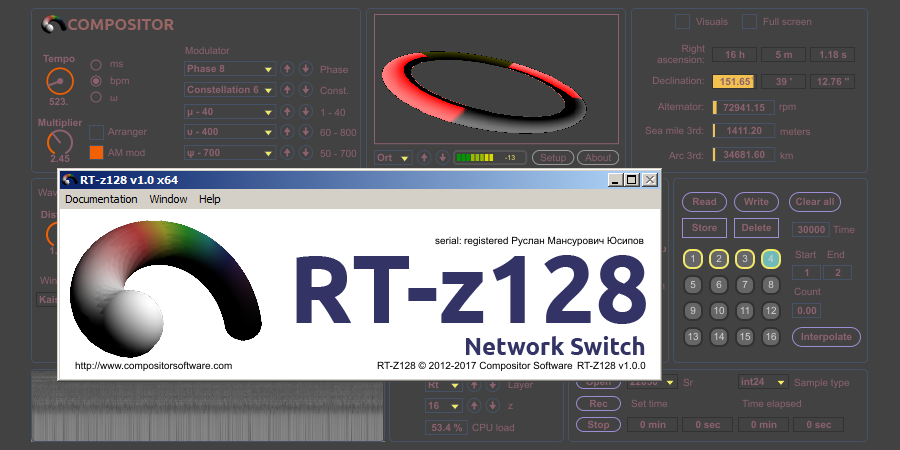

Compositor RT-z128 is the artificial intelligence station that is equipped with 12 instruments to operate the Spherical Interaction Network.
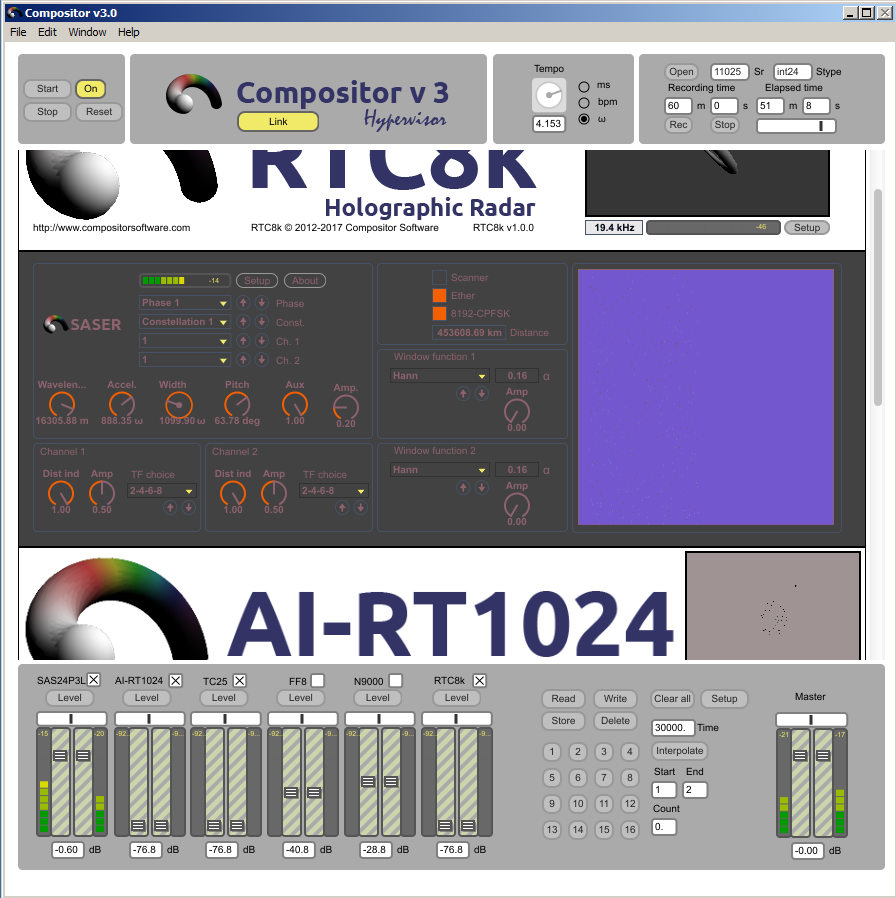
Compositor v3 is an original project for hyperbolic translation studio.
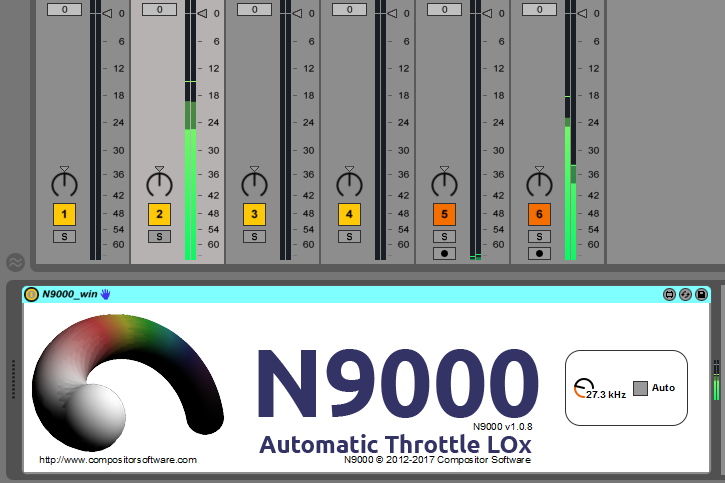
N9000 Max for Live suitable when you wish to receive an original translation initiated by hyperbolic function designed radio.
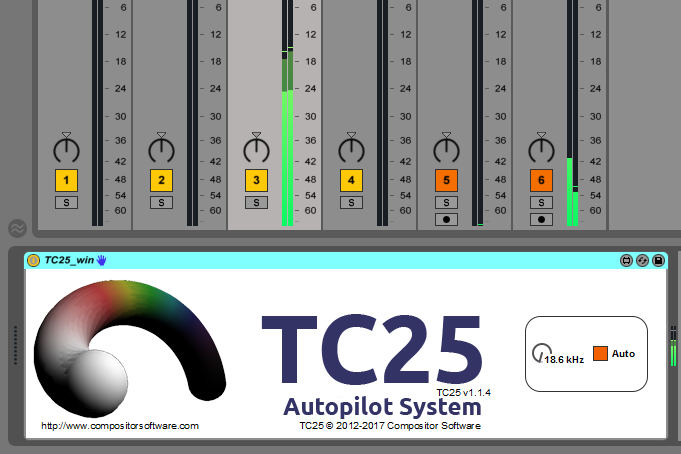
TC25 time code suitable for stochastic selection and also to hold the Ether on a one preselected line.
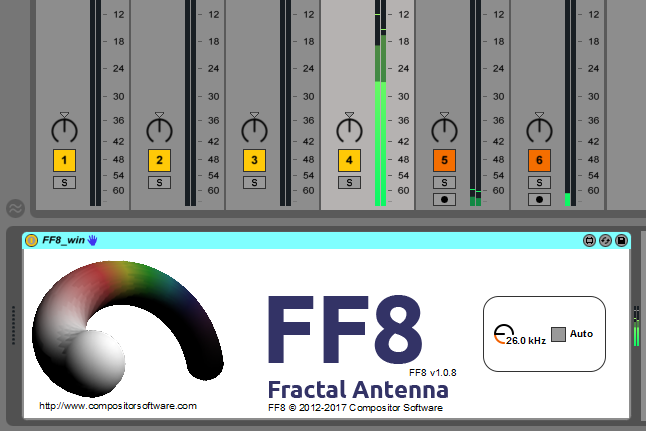
The use of the FF8 fractal antenna makes a perception more clearer with your receiver acting like a feed in regeneration network.
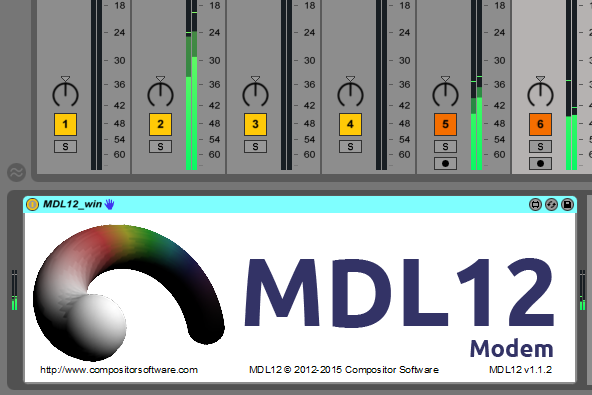
MDL12 space-time software modem has three levels of operation in real-time, which is sufficient for running a voice communications system.
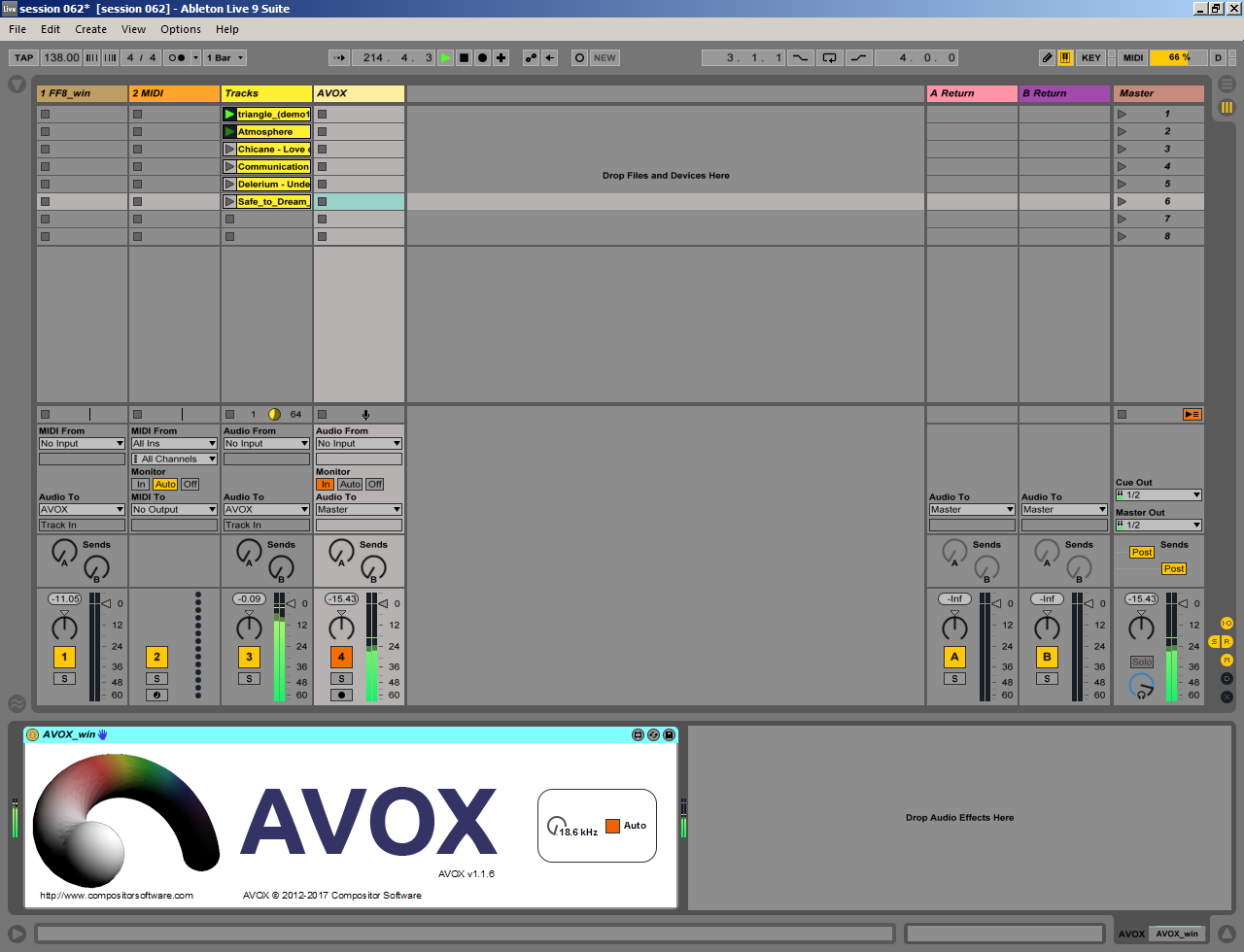
Avox spectral selection algorithm splits the spectrum into six bands and can be used to correct mixing errors during the mixing process.
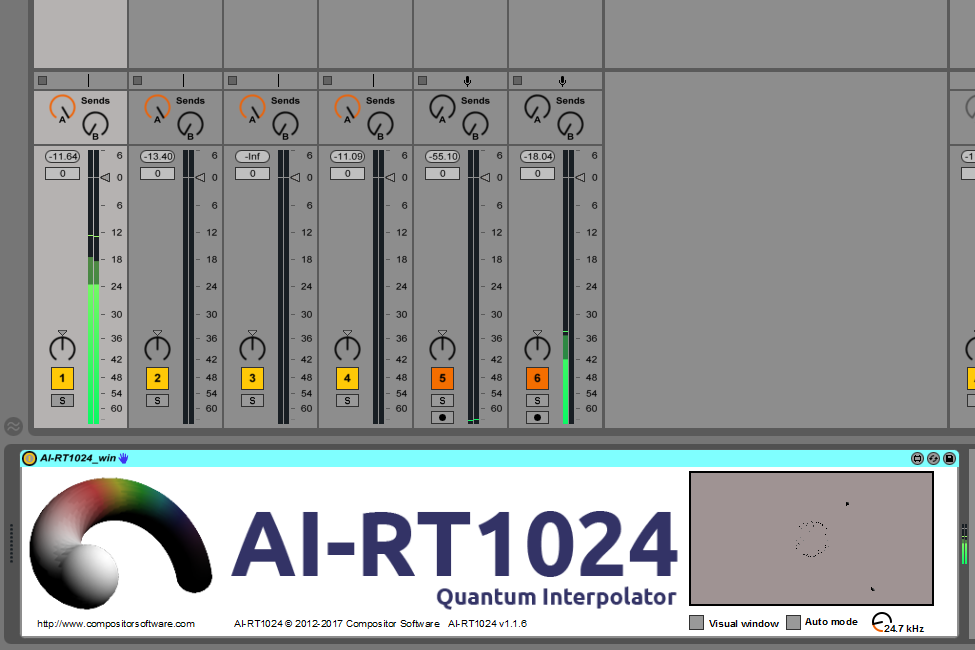
AI-RT1024 kernel is a quantum interpolation suitable as a plug-in adapter for FM clocks inside quantum computers.

Unlike many random generators, Compositor Max For Live gives unpredictable results with algorithmic approach.
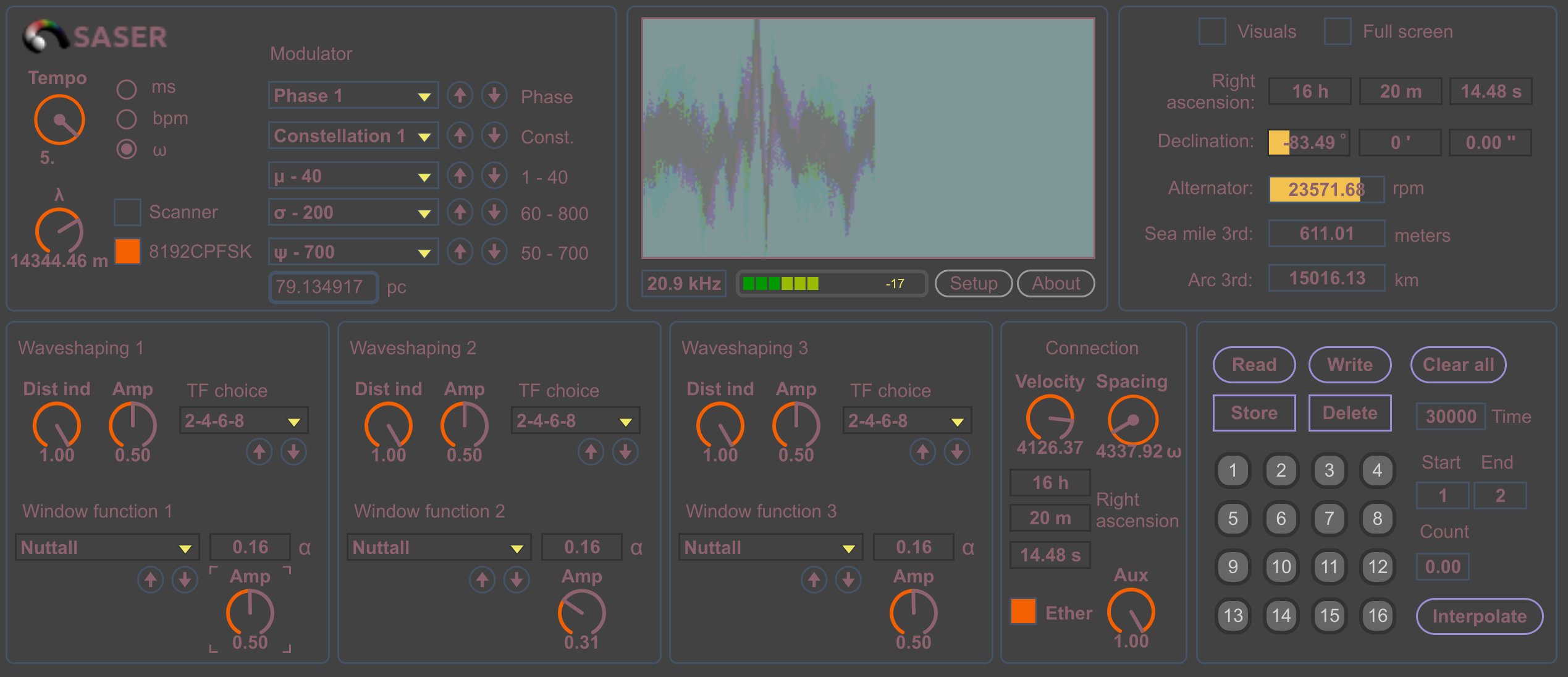
SASER SAS24P3L SDR is the technology performed using upper-level languages for more reliable and fast communications with your hardware.